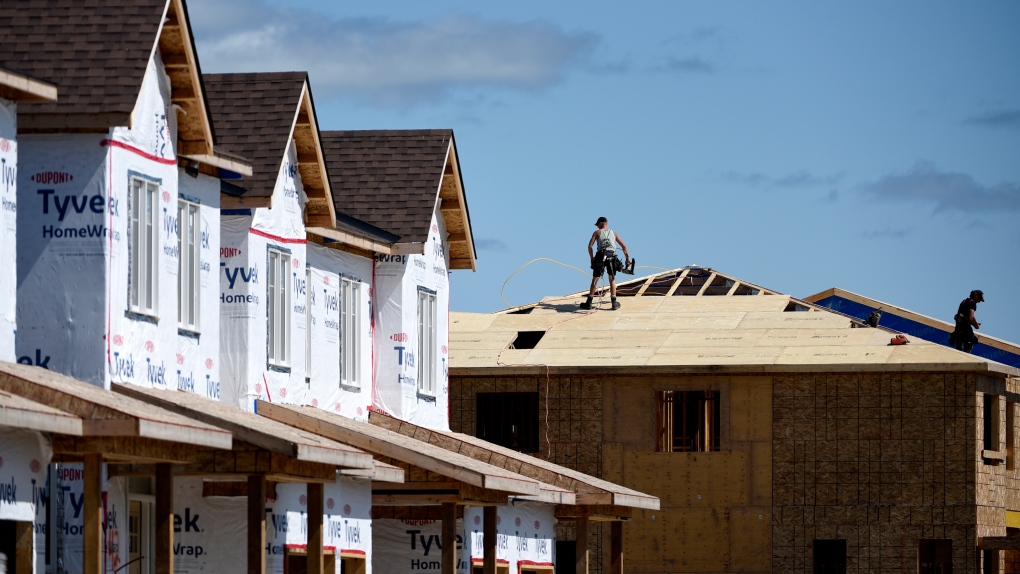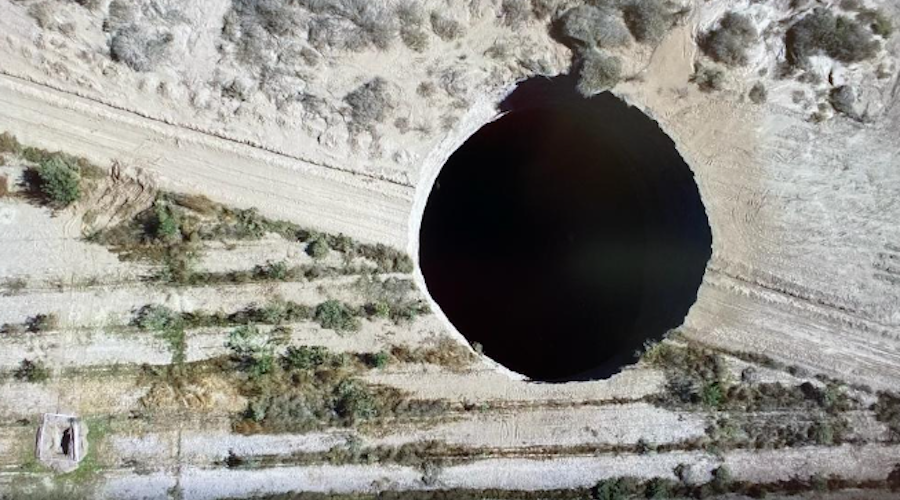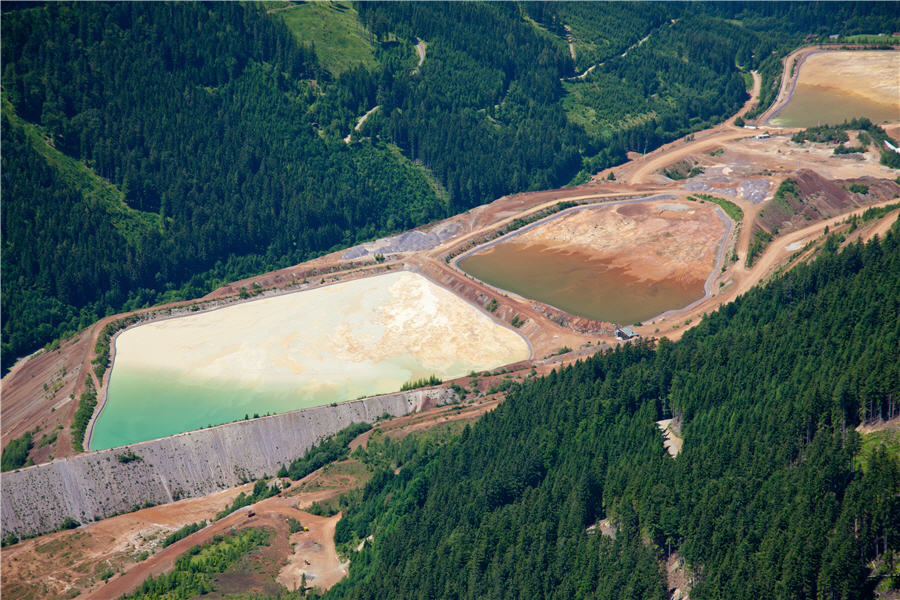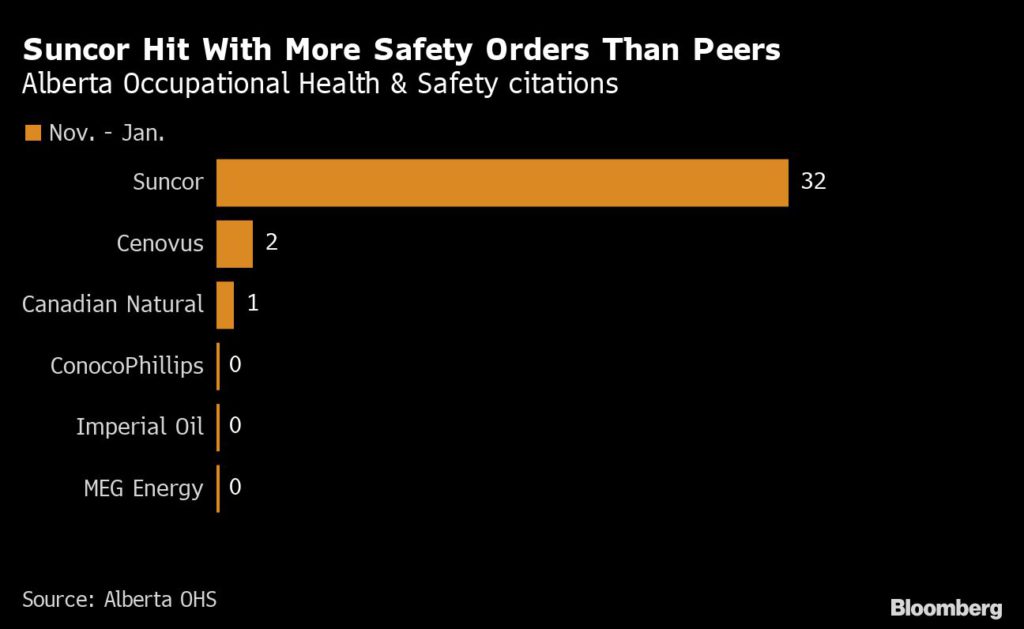Rents are soaring in Canada as surge of people goes undercounted
, Bloomberg News
Canada’s explosive population growth from immigration is causing rents to surge in its biggest cities. And there’s another problem: The country isn’t even properly counting the number of people who need homes.
Prime Minister Justin Trudeau’s government plans to welcome 465,000 new permanent residents this year, and increase the annual target to half a million by 2025. But those often-cited numbers understate the pressure on the country’s limited supply of housing —because they don’t include a wave of foreign students, temporary workers and others with non-permanent visas.
The country actually had close to 1 million international arrivals last year, according to an analysis by Canadian Imperial Bank of Commerce that’s based on other data, including visas. It will probably accept a similar number this year, said Benjamin Tal, the bank’s deputy chief economist.
As a result, Canada is experiencing its fastest population growth since the 1970s, and apartments have become extremely hard to find. The vacancy rate on rental buildings is below 2 per cent, the lowest since 2001. In Vancouver, it’s less than 1 per cent. The situation is made worse by rising interest rates that have made buying a home unaffordable for many people, pushing them into the market for rental properties.
“We’re underestimating how many people are here and how many people are requiring real estate,” Tal said in an interview. “If you don’t have official numbers showing the demand accurately, municipalities making allocation for housing based on those are missing the magnitude of the need.”
The consequences of that undercounting can already be seen, Tal said. Rent inflation was nearly 6 per cent in the last two months of 2022, accelerating from 3.1 per cent early last year.
Landlords in many provinces face legal restrictions on how much they can increase rents on existing tenants. But when a two-bedroom apartment is vacated, the average increase for the next tenant is 18.2 per cent, according to Canada’s national housing agency.
“It’s dire from a consumer point of view,” said Mark Kenney, chief executive officer of Canadian Apartment Properties Real Estate Investment Trust, Canada’s largest publicly traded apartment company.
Local government red tape is one reason more apartments aren’t being built, Kenney said, which means housing policy is out of alignment with Trudeau’s approach to immigration.
“Canada was at a point for many, many years where we had housing affordability and you could have open immigration policy. There were ample homes for all,” Kenney said. “The combination of turning up the volume on the immigration front, and turning down the volume on development, has put us in really bad shape.”
Housing costs are causing some to uproot from the priciest cities in search of cheaper locations. Toronto gained people from international migration but also saw a net outflow of nearly 100,000 residents to other parts of Canada in the 12 months ended July 1.
Some are landing in Calgary and Edmonton, the largest cities in Alberta, which saw a significant increase in migration from other parts of Canada. “It’s rare to be able to find an empty apartment now, unless it’s new,” said Sam Kolias, CEO of Calgary-based Boardwalk Real Estate Investment Trust. “There’s lots of jobs here.”
A spokesperson for Immigration Minister Sean Fraser said the government takes housing into account when it sets immigration policy, and it’s a factor in who it allows in.
“In order to meet housing demands for those who have newly entered Canada, and the nation’s housing needs in general, we have taken great care to ensure our immigration plan selects individuals with the skills to build homes in Canada, and encourage them to settle in parts of the country that have housing capacity,” Bahoz Dara Aziz, Fraser’s press secretary, said in an emailed statement.
'GET THE NUMBERS RIGHT'
CIBC’s Tal said it’s “misleading” to focus on the number of new permanent residents when calculating housing needs. And there are other quirks of Canada’s statistics-gathering process that may result in underestimating demand for places to live, he added.
It all suggests that “existing policy tools will easily fall short of addressing the current and future increase in housing demand,” Tal said in a report to investors. If there’s no change in how migration data are captured and debated, Canada may find it harder to absorb its rising number of immigrants, he said.
“The official numbers don’t tell you the story. When we think about the housing policy, a precondition is to get the numbers right.”
Canada needs to build 50 per cent more
homes as Ottawa plans for higher
immigration levels: report

Tom Yun
CTVNews.ca writer
Feb. 15, 2023
As Canada prepares to ramp up immigration levels, a new report says the country will need to build 50 per cent more housing than what's already being planned.
The report, published by economists from Desjardins on Monday, says in order to keep up with the federal government's immigration targets without causing substantial increases to home prices, 100,000 more homes need to be constructed annually in 2023 and 2024.
"Increasing the housing supply beyond the typical demand response would also take pressure off prices but requires extraordinary policy intervention and resolve," the authors wrote. "Indeed, we estimate that housing starts would have to increase immediately by almost 50 per cent nationally relative to our baseline scenario and stay there through 2024 to offset the price gains from the increase in federal immigration."
RELATED LINKS
Last fall, Ottawa unveiled plans to increase the number of immigrants entering Canada, with a goal of 500,000 newcomers arriving per year by 2025.
The report notes that the federal government's target of 100,000 new housing units over the next five years falls short of the 100,000 new homes needed annually. However, the Ontario government aims to get 1.5 million new homes built in the province over 10 years by 2031 with Bill 23, also known as the More Homes Built Faster Act.
Ontario's target of 1.5 million new homes by 2031, over that time period, would result in far more than the 100,000 per year that Desjardins says is needed across the entire country. If the province can meet this target, the report says this could have a "disproportionate offsetting impact on the average home price in Canada."
The impact of immigration on housing affordability also depends on where newcomers decide to move. If newcomers predominately move to the Prairies, the authors say this would put less pressures on housing prices in areas where affordability is already stretched. Desjardins also says the Prairies are expected to have "the best performing economies in Canada" and having more immigrants move to these provinces "would support higher economic growth there and nationally."
Since 2018, Ontario and B.C. have received the greatest share of immigrants, despite also being the two provinces with the least affordable housing. If these provinces continue to receive the most immigrants, the authors of the report say this could "boost prices and erode affordability there and nationally."
Lowering immigration levels to what they were from 2018 to 2021 would reduce the impact on home prices, the report adds. However, the authors stress that higher immigration levels are still desperately needed to address labour shortages and that it's "wrongheaded" to blame immigration as the primary cause of rising home prices.
"Rather than being considered a reason to curb immigration, it should instead be a catalyst for reducing barriers to building more housing. The contribution of immigrants to the Canadian economy well outweighs their impact on the housing market," the report says.
How much rent can you afford?
Majority of affordable homes approved under federal program not yet constructed
Rent prices grew at record pace in 2022 as Canada saw lowest vacancy rate in decades
Canada's housing market to see listings fall in first quarter, before rebounding: TD












